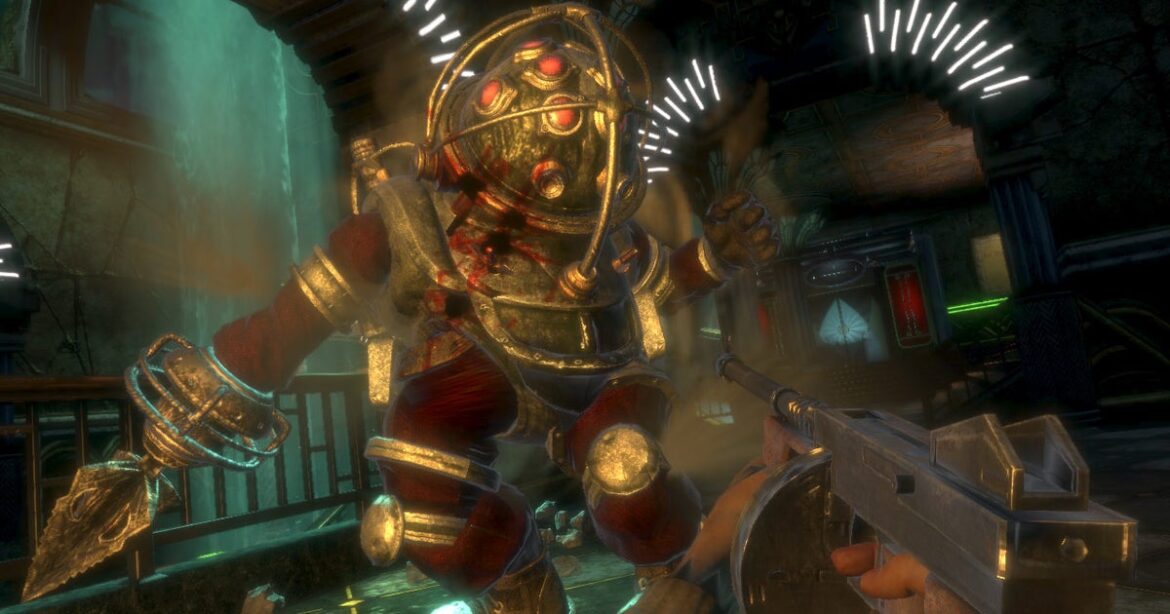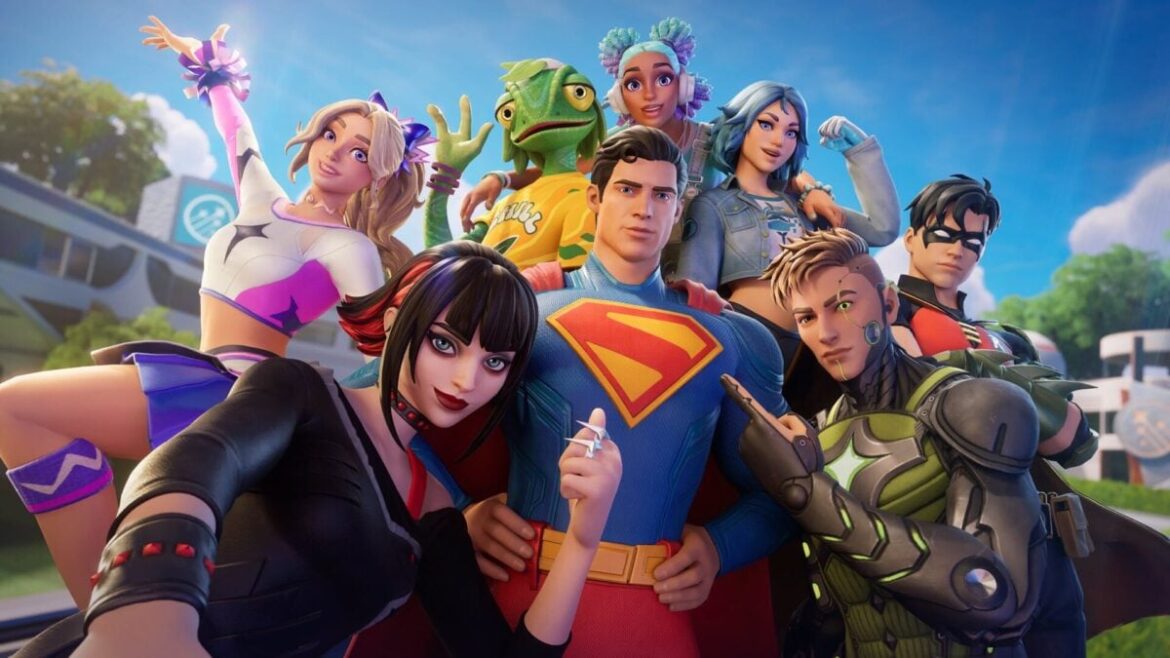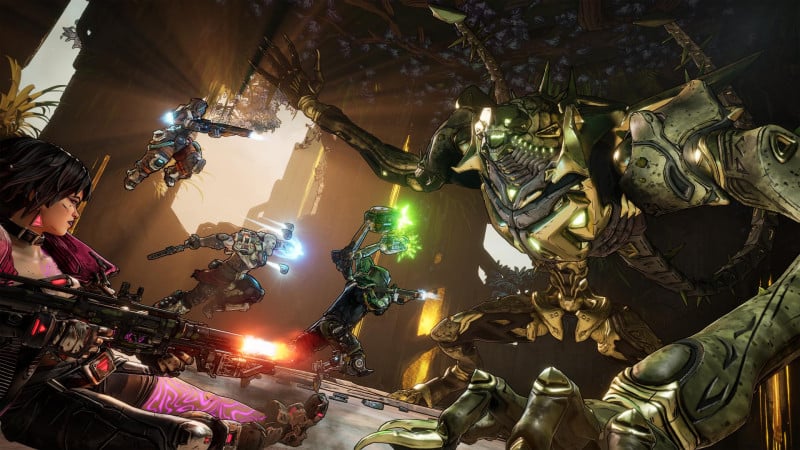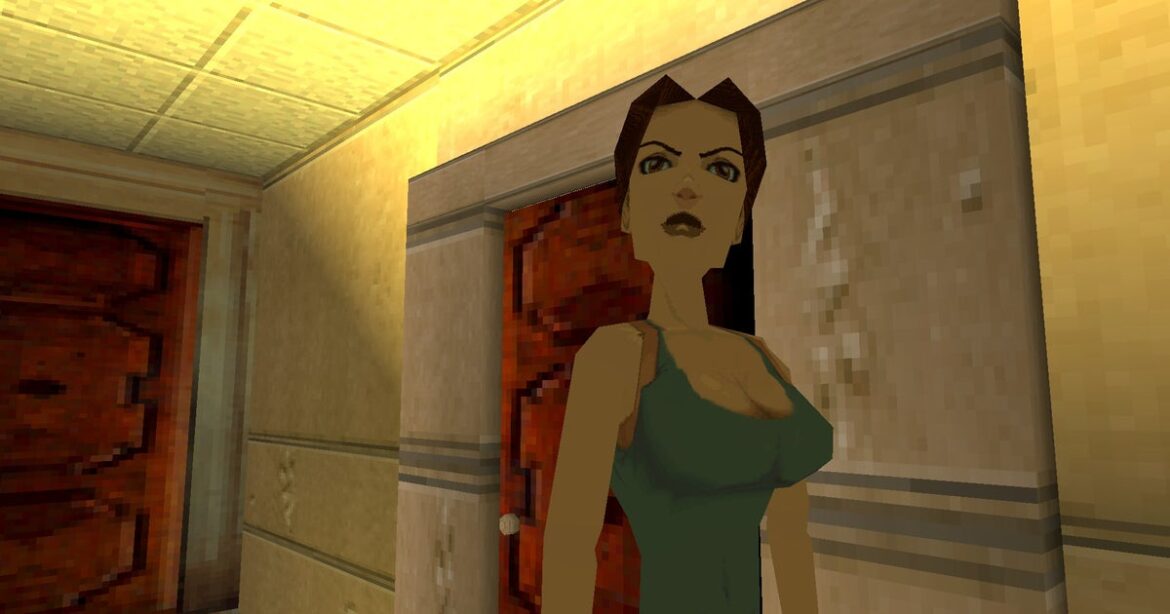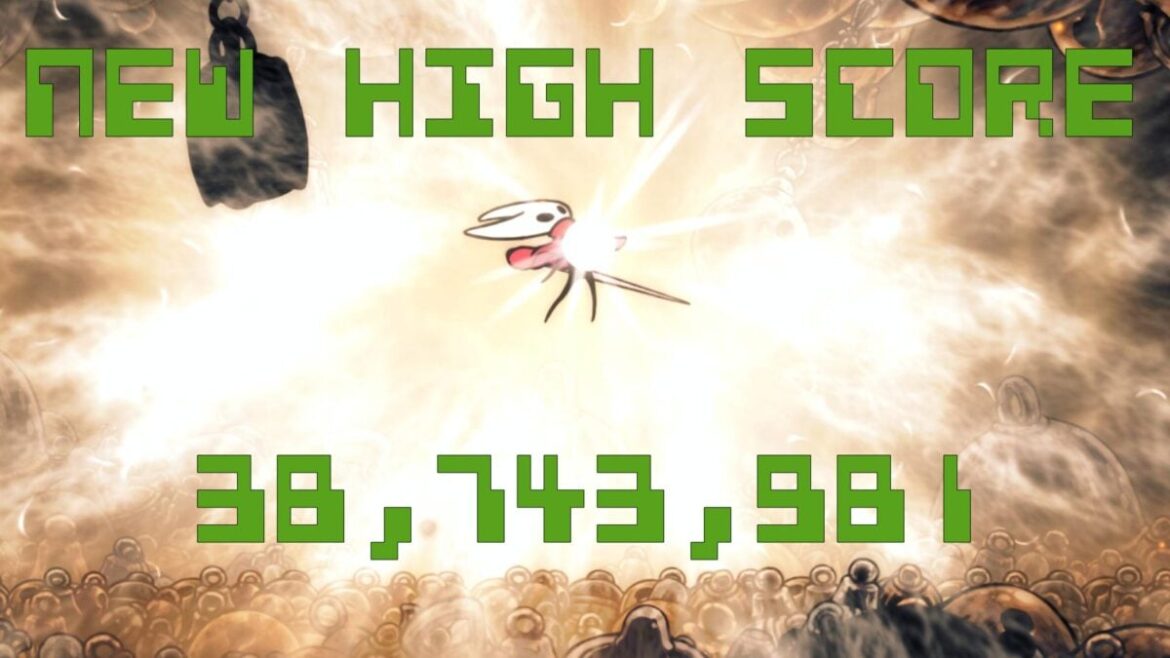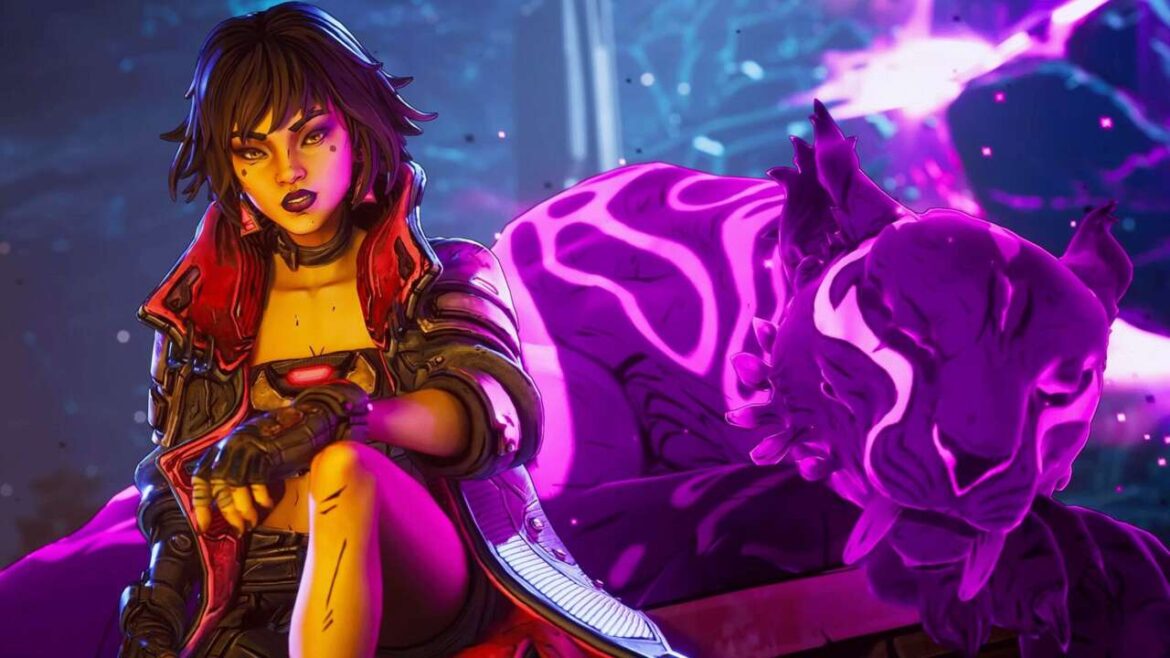Borderlands 4 is out now on PC via Steam and the Epic Store. And the looter shooter sequel is already the biggest Borderlands launch on Steam, with over 200,000 concurrent players just a few hours after its release. But reviews on Steam aren’t great, as many players are struggling to even play the co-op FPS.
On September 11, Borderlands 4 launched on PC. The long-awaited sequel to Gearbox’s Borderlands 3 is a bigger, better, and wilder experience than the previous game, featuring a host of smart changes and additions to the classic looting-shooting formula. However, that’s only the case if you can actually play the game and enjoy it. And on PC, players are reporting lots of performance issues, even on hardware that Gearbox listed as meeting the needed specs.
As of 4:30 pm EST on Steam, Borderlands 4 has about 2,000 reviews that are perfectly divided between negative and positive, giving the game a 50 percent mixed status. That’s no good! Scrolling through reviews, the biggest complaints seem to be not about the content of the game, but about how poorly it performs on various hardware setups. Players are also complaining about stuttering and hitching, or being forced to use DLSS to play the game at a stable framerate. Others can’t even boot the game up, reporting crashes before they even get into the action.
Of course, there are also plenty of reviews from people saying they had no issues at all and claiming that people complaining need to upgrade their PCs. This is the internet, so of course it devolved into a war with various sides and factions.
In the reviews on Steam, the most popular culprits people are blaming for the bad performance include Unreal Engine 5 and DRM protection software Denuvo. Over the last year or so, Unreal Engine 5 has become a target online as players believe the engine isn’t well-suited to big games and is hard to optimize. The complaints have gotten so loud online that Epic CEO Tim Sweeney even stepped in recently to defend the engine and lay the blame on devs who aren’t focused on optimization early enough in the cycle.
My experience playing Borderlands 4 on PC
I’ve been playing Borderlands 4 on PC for the last week, and my experience has been up and down. When I first got the game, I was playing on an RTX 3070 and struggled to run it at 1080p at 60FPS. I upgraded my rig to an RTX 5070 (something I had been planning to do for a few months now), and Borderlands 4 ran much better. However, I still found that I needed to run the game with DLSS on and frame gen to reach 120 FPS at 1080 with some settings kicked down to medium. Considering the specs in the machine, I was surprised by how power hungry the game is, and I’ll admit that I continue to be disappointed with Unreal Engine 5 games.
That said, ever since I found some settings that worked and downloaded the latest drivers, which weren’t available when I first got access to the game, I’ve been having a great time playing the game on PC. It mostly locks to 120 with my current settings and setup, and it feels great. I should also point out, though, that there’s been some chatter indicating that the day-one patch for the game, which arrived shortly before launch, may have caused problems that weren’t present when critics and content creators were playing it pre-release. In my quick tests, I’ve found the most recent patch, the one people are playing with on Steam right now, seems to bring with it some issues that weren’t present before the day-one patch. But I need to play more to really see if things are broken.
I hope Gearbox issues a patch on PC soon to help improve things a bit. Or at the very least, get rid of Denuvo ASAP.

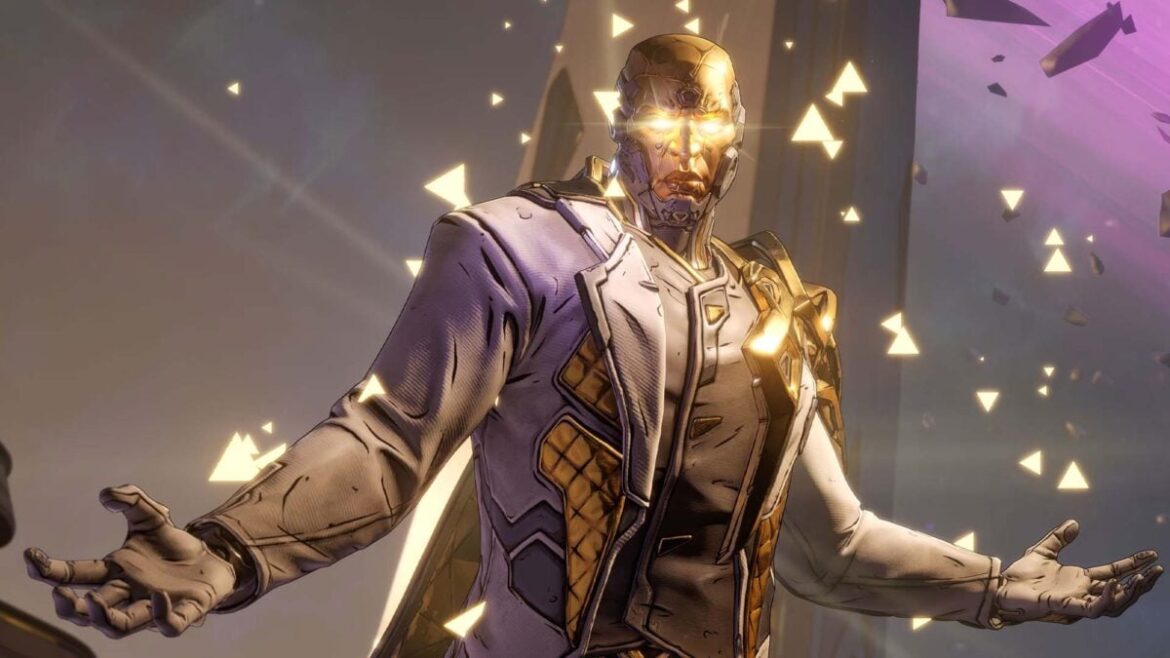
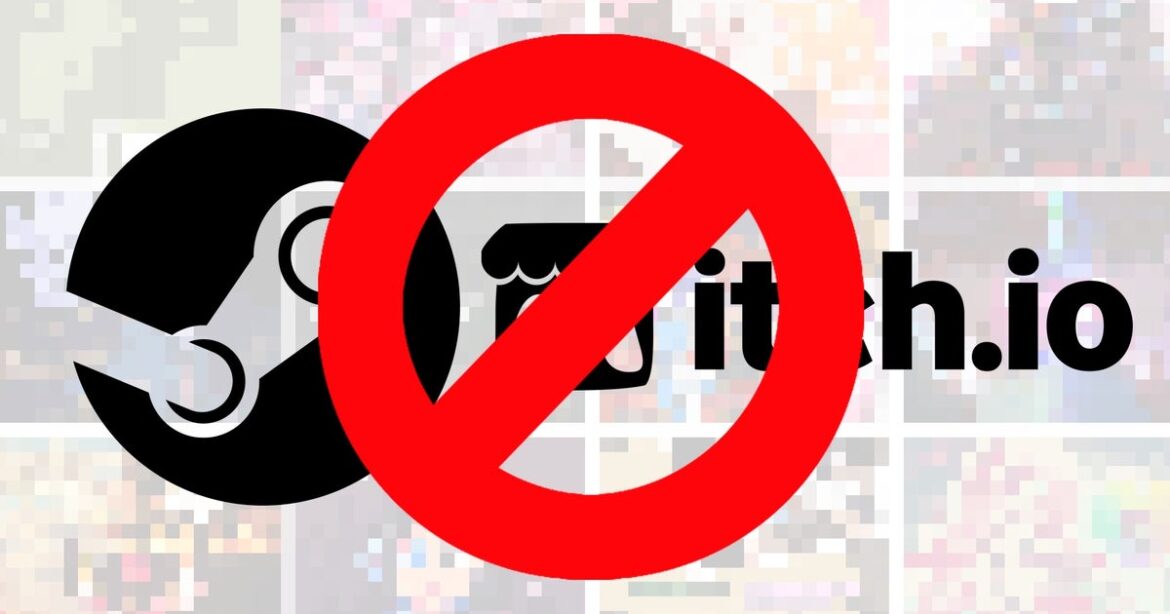
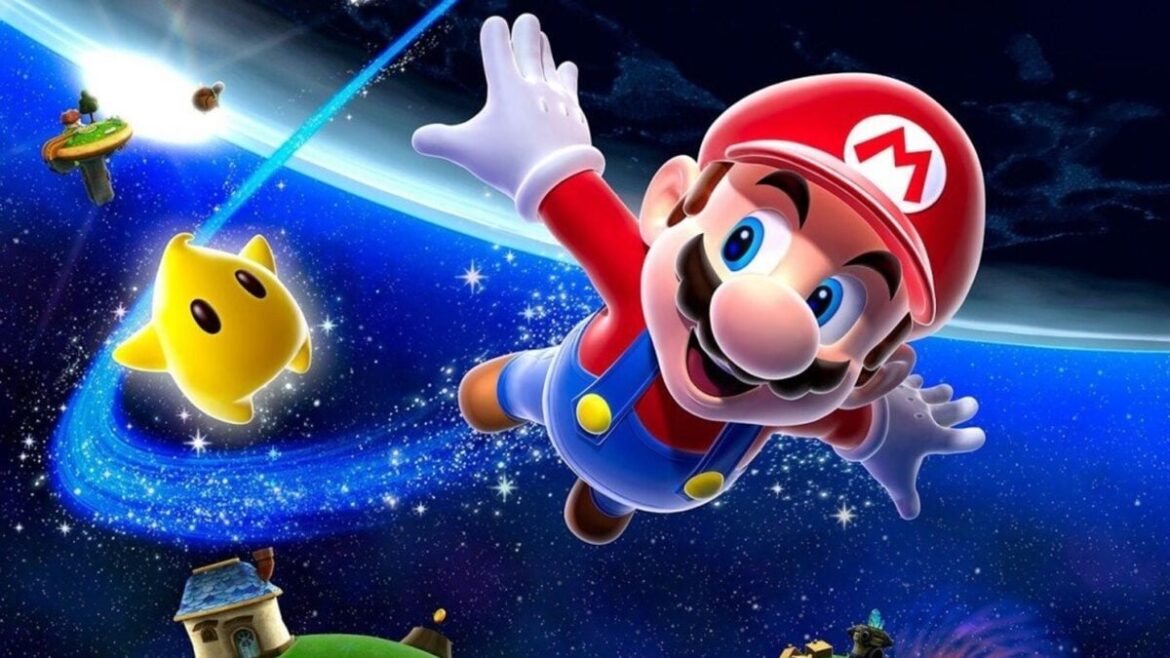
![One Piece Mythical Devil Fruit Tier List [Alpha] One Piece Mythical Devil Fruit Tier List [Alpha]](https://laughinghyena.io/wp-content/uploads/2025/09/One-Piece-Mythical-Devil-Fruit-Tier-List-Alpha-1170x658.png)
